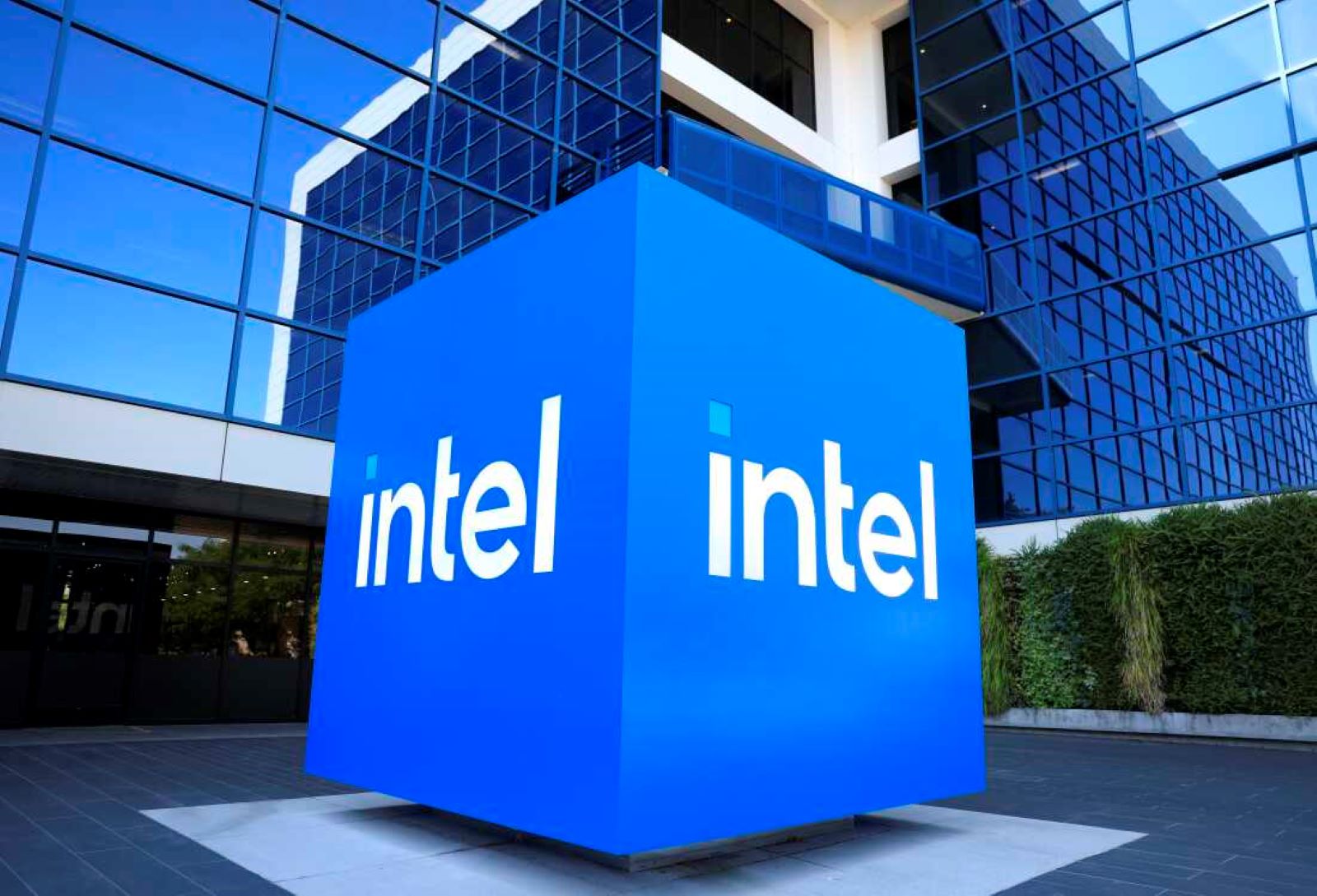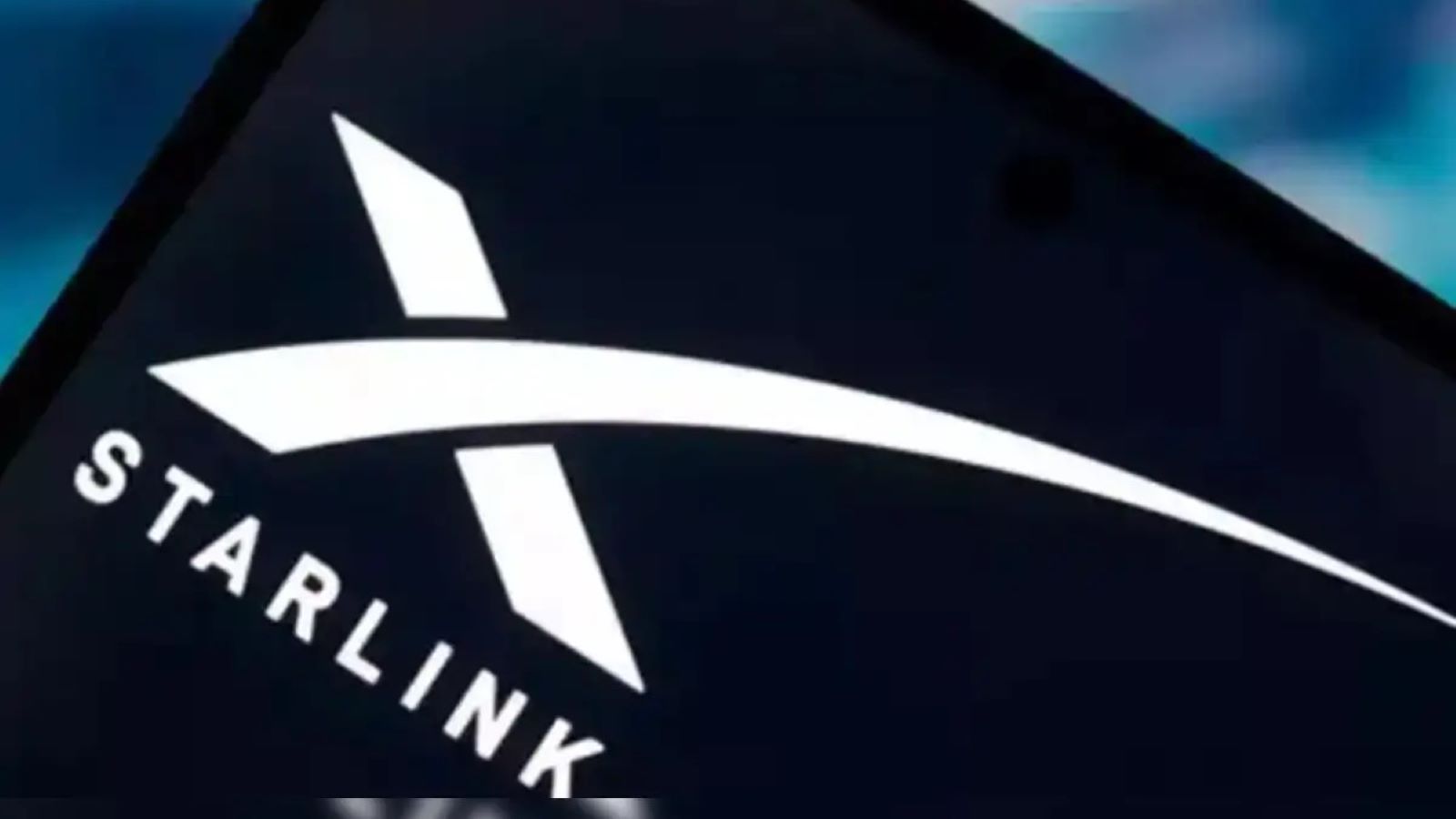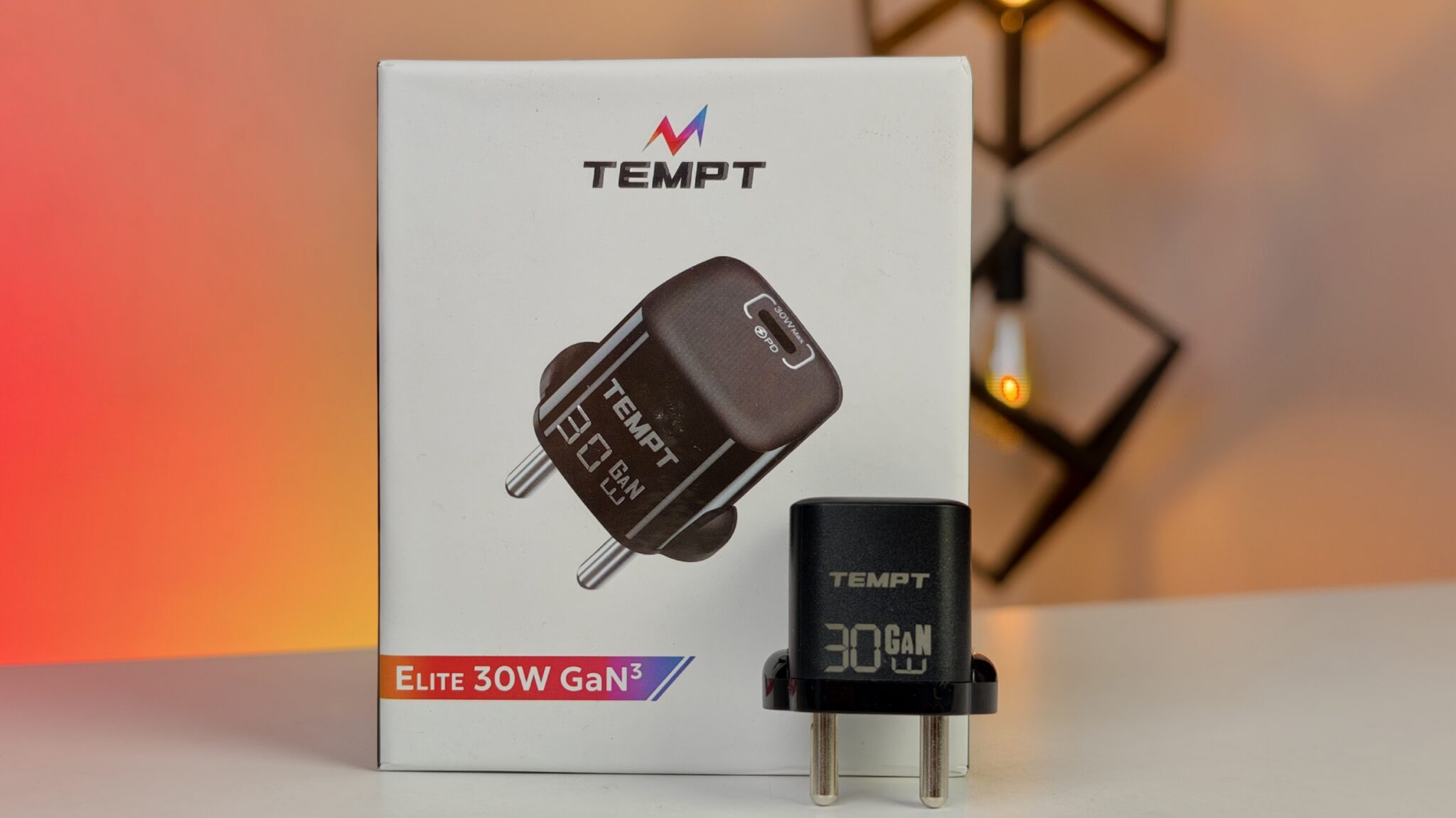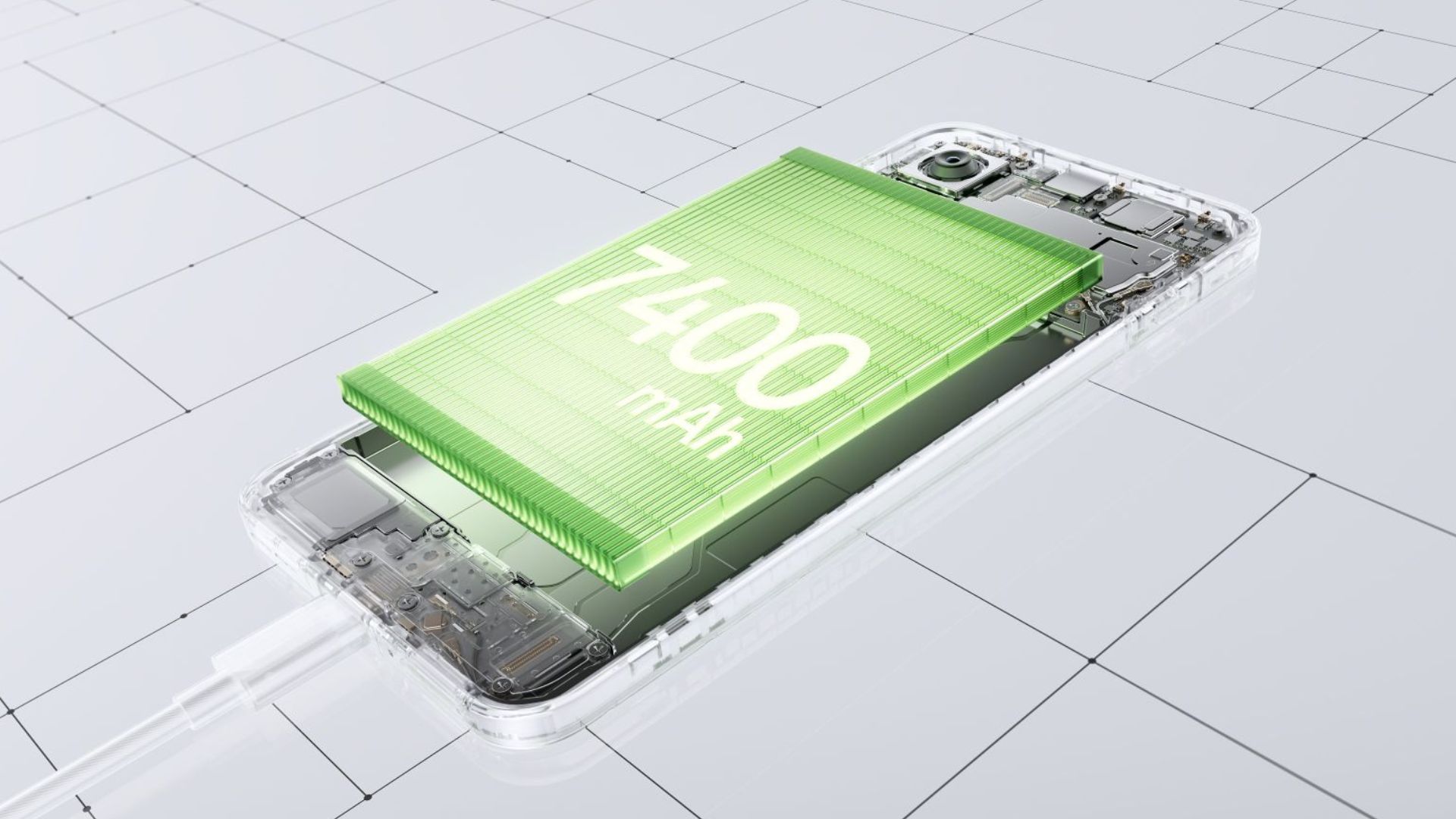US chipmaker Intel believes India stands at the heart of global innovation in Artificial Intelligence (AI) and 6G communication technologies. The company says India’s vast population scale and immense data generation capacity make it not just a major consumer market, but an essential center for forward-looking research and development. With a rapidly growing digital infrastructure and a strong base of engineering talent, Intel sees India as a crucial partner in shaping the next generation of networks and AI systems.
Key Takeaways
- Intel identifies India’s scale and data generation as key to global AI development.
- India contributes nearly 20% of the world’s data, vital for training large AI models.
- Intel’s Bengaluru R&D center plays a major role in global telecom and 6G solutions.
- The company supports “Make in India” and “IndiaAI Mission” through local manufacturing and skill-building programs.
- Intel focuses on creating AI-native networks and edge computing solutions tailored for India’s large-scale needs.
India’s Data and Scale Advantage
Intel’s view starts from a simple truth about modern technology: data drives AI. With its vast population and rapid digitization, India now generates almost one-fifth of the world’s data. That’s a massive advantage, especially for training advanced AI systems like Large Language Models (LLMs) that rely on billions of data points. The country’s unique digital infrastructure, such as Aadhaar and UPI, offers a real-world testbed for developing efficient and scalable technologies that can later be adapted globally.
Intel is collaborating on several initiatives to strengthen domestic AI infrastructure and expand AI adoption across industries. Its Gaudi 2 AI accelerators, for example, are being used in partnerships like the one with Krutrim (Ola) to train foundational models in Indian languages. Santhosh Viswanathan, Intel’s vice president and managing director for the India region, points out that although India produces vast amounts of data, it hosts only a small fraction of the world’s servers. That imbalance, he says, underscores the need for stronger domestic compute infrastructure, something Intel is actively working to develop.
A Hub for Next-Gen 6G Networks
India’s role in the evolution of 6G technology is becoming equally significant. The next generation of mobile networks will be AI-native, meaning AI will be embedded into the very core of the network to improve efficiency, security, and automation. Intel’s research and development presence in Bengaluru is already contributing to the design of both the silicon and the software that will power future telecom systems, including Open RAN and 6G technologies.
An Intel Senior Fellow and Chief Architect in the Network and Communication Group shared that India’s immense data scale creates a unique opportunity to develop and train AI systems locally for use in AI-native and 6G networks. This aligns closely with government-led efforts such as the Bharat 6G Alliance and India’s ambition to secure 10% of global 6G patents. The ongoing work in India will play a key role in shaping how distributed AI and sensing systems operate within the wireless networks of the future.
Driving Local Manufacturing and Talent
Intel’s efforts in India go beyond R&D. The company actively supports the “Make in India” initiative, helping local companies design and manufacture India-specific products. This approach aims to build a robust electronics manufacturing ecosystem and reduce dependence on imports, marking a gradual shift from a services-led to a product-driven economy.
At the same time, Intel is deeply involved in developing talent through initiatives like the Intel Unnati Program and collaborations under the IndiaAI Mission. These programs focus on training students, professionals, and startups in AI and other deep-tech domains. The goal, Intel says, is to prepare a steady pipeline of skilled talent ready to lead India’s digital transformation.
Perhaps what stands out most is Intel’s recognition of India not only as a market, but as a genuine innovation partner. The company’s ongoing investments suggest that India’s role in shaping global AI and 6G ecosystems is only just beginning to unfold.
Related FAQs
Q. What is the significance of India generating 20% of the world’s data for AI?
A. India’s large data generation is significant because AI models, especially Generative AI and Large Language Models, require massive, diverse datasets for effective training. This makes India an ideal environment for developing highly accurate and locally relevant AI applications and products.
Q. What is an AI-native network in the context of 6G?
A. An AI-native network is a communication network, like 6G, that uses Artificial Intelligence and Machine Learning as a core part of its design, not just an add-on. AI manages the network, optimizing performance, automating operations, and ensuring security, making the network smarter and more responsive to real-time needs.
Q. How is Intel helping to build the AI ecosystem in India?
A. Intel is contributing through 1. Providing access to advanced hardware (like Intel Gaudi AI accelerators) and software for local AI development. 2. Collaborating on the IndiaAI Mission to drive skilling programs for students and professionals. 3. Supporting local Original Equipment Manufacturers (OEMs) and manufacturers under the “Make in India” initiative to build domestic AI infrastructure.



















